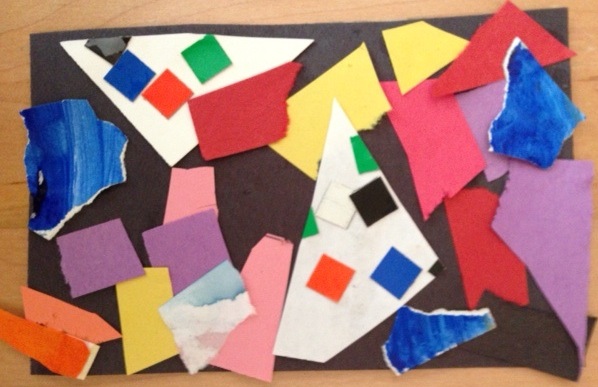Elementary Spanish News - September 2013

Lower Elementary friends incorporate yoga into retelling a story. Let's dance Flamenco with our Middle School intern, Ava Locknar! Lower and Middle Elementary students are creating quilts as a part of the More Than Warmth project. The Lower Elementary quilt will go to Africa and the Middle Elementary blanket will go to Nicaragua. Using role-playing and improvisation theatre, Upper Elementary students learn strategies to deepen their reading comprehension and language acquisition. If you give students enough comprehension input, the grammar will be there. Upper Elementary students have the opportunity to interview staff at Abintra who speak Spanish.





